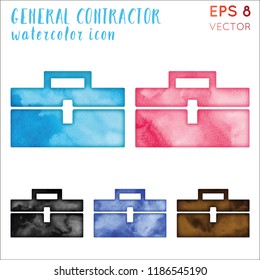Discover Just How Seasonal Factors Affect Commercial External Painting Success And Find The Best Times To Ensure Long Lasting Outcomes For Your Job
Discover Just How Seasonal Factors Affect Commercial External Painting Success And Find The Best Times To Ensure Long Lasting Outcomes For Your Job
Blog Article
Material Author-Burnham Rodriquez
When you're planning an industrial outside painting job, seasonal factors can make or damage your results. You'll want to think about exactly how temperature and humidity impact paint application and drying out times. Selecting the right season can guarantee your paint adheres properly and lasts longer. However which periods are truly the very best for this type of work? Let's check out the key elements that can affect your job's success.
The Influence of Temperature on Paint Application
When you're intending an industrial exterior paint task, the temperature level can significantly influence exactly how well the paint adheres and dries.
Ideally, you wish to paint when temperatures range between 50 ° F and 85 ° F. If it's too chilly, the paint may not heal appropriately, causing problems like peeling or splitting.
On the other hand, if it's as well warm, the paint can dry out too quickly, preventing proper attachment and causing an uneven coating.
You ought to also take into consideration the time of day; early morning or late afternoon provides cooler temperature levels, which can be much more desirable.
Constantly examine the maker's referrals for the certain paint you're making use of, as they frequently supply assistance on the optimal temperature level range for optimal results.
Humidity and Its Impact on Drying Times
Temperature level isn't the only ecological variable that influences your business outside painting job; humidity plays a substantial function as well. High moisture levels can decrease drying times significantly, influencing the general quality of your paint job.
When the air is filled with wetness, the paint takes longer to treat, which can bring about concerns like inadequate bond and a greater threat of mildew development. If you're painting on a specifically moist day, be planned for prolonged delay times between layers.
It's crucial to check local weather and plan as necessary. Preferably, aim for humidity levels in between 40% and 70% for optimal drying.
Keeping these consider mind ensures your task stays on track and supplies a long-term coating.
Best Seasons for Commercial Outside Painting Projects
What's the very best time of year for your industrial exterior paint projects?
simply click the next document and early loss are typically your best choices. Throughout these seasons, temperature levels are light, and humidity levels are frequently reduced, producing suitable conditions for paint application and drying.
Prevent summer season's intense heat, which can cause paint to completely dry also swiftly, causing inadequate adhesion and surface. In a similar way, winter season's chilly temperatures can hinder proper drying and treating, running the risk of the longevity of your paint task.
Aim for days with temperature levels in between 50 ° F and 85 ° F for ideal results. Keep in mind to inspect the local weather forecast for rain, as damp conditions can destroy your project.
Planning around https://smalljobpaintersnearme67776.blog-kids.com/34648294/identifying-the-right-house-painters-unlocking-the-techniques-for-a-gorgeous-home-overhaul ensures your paint task runs smoothly and lasts much longer.
Final thought
To conclude, planning your industrial outside paint tasks around seasonal considerations can make a significant difference in the outcome. By organizing exterior paint selection tool throughout the ideal temperature levels and humidity levels, you'll make certain better adhesion and drying out times. Keep in mind to watch on local weather report and choose the correct time of year-- spring and early loss are your best choices. Taking these actions will certainly help you accomplish a long lasting and professional finish that lasts.
